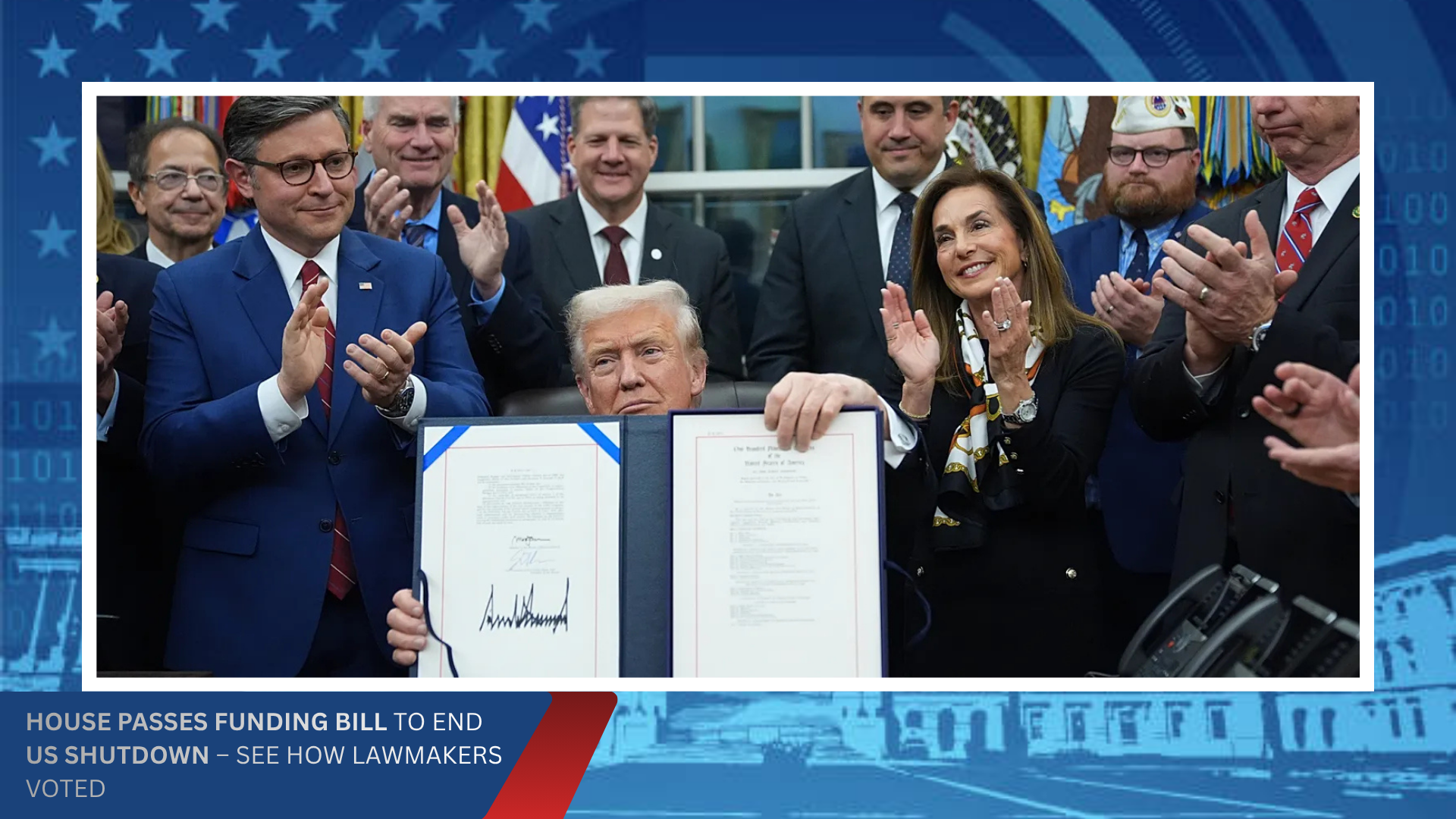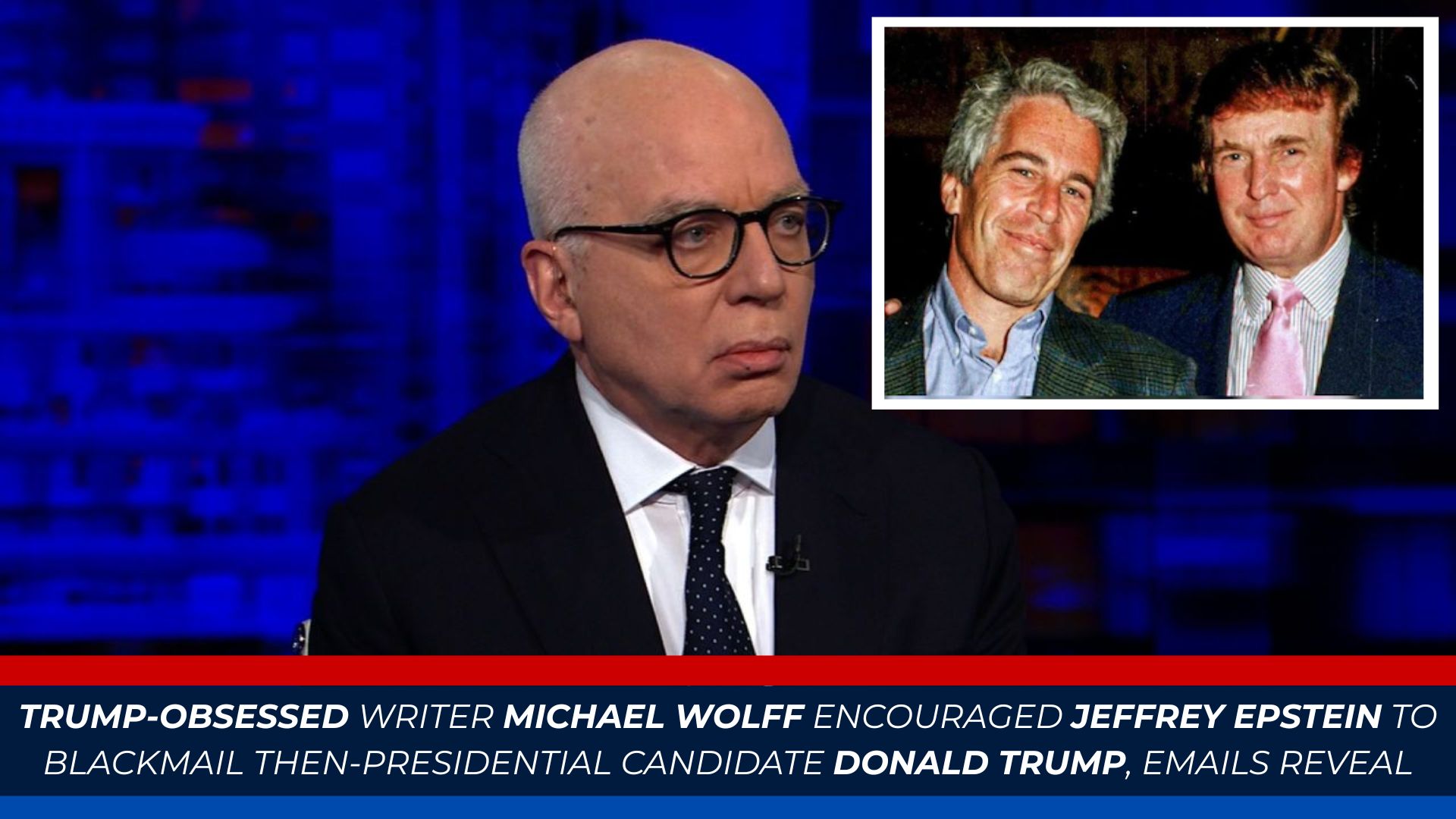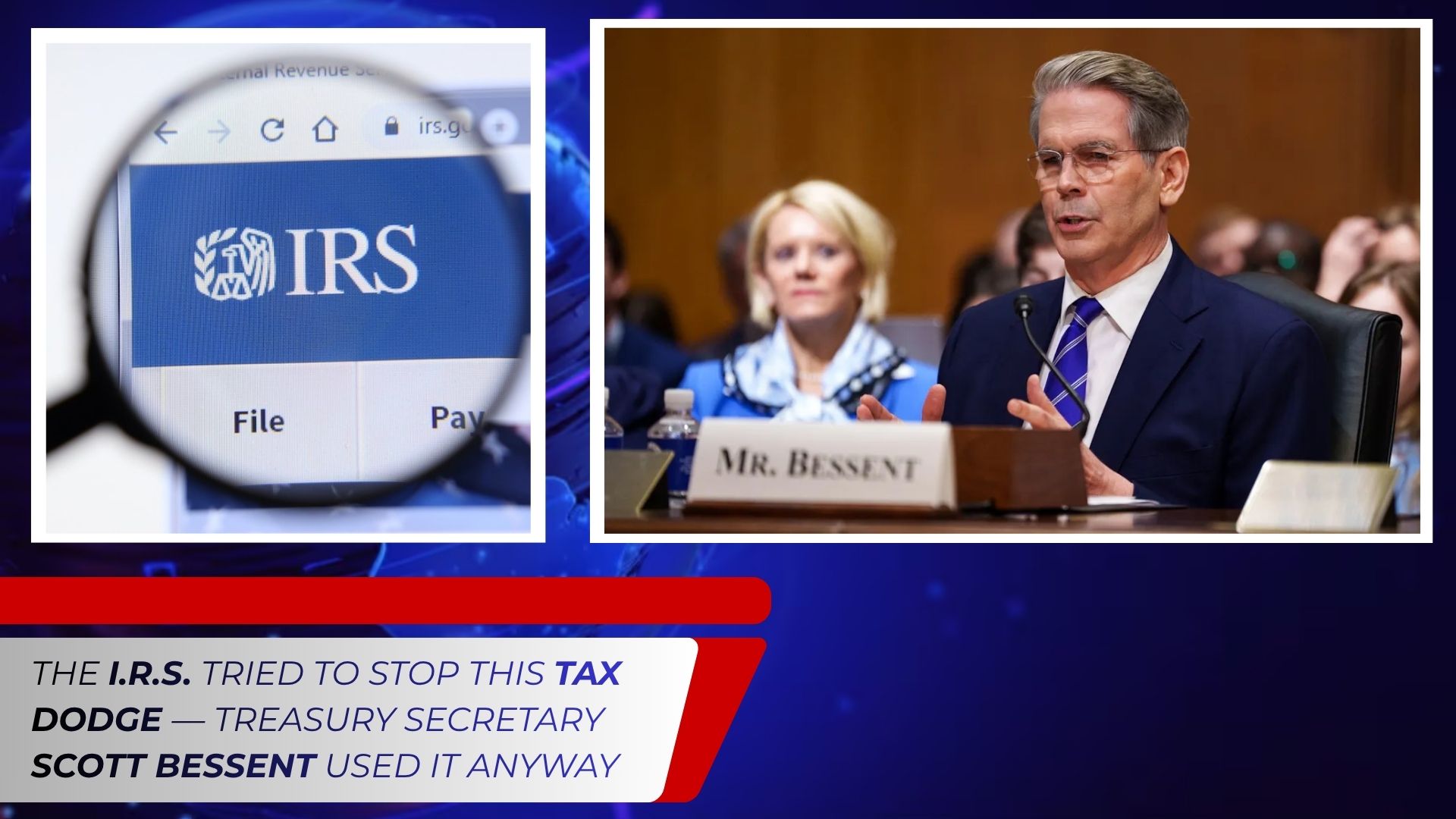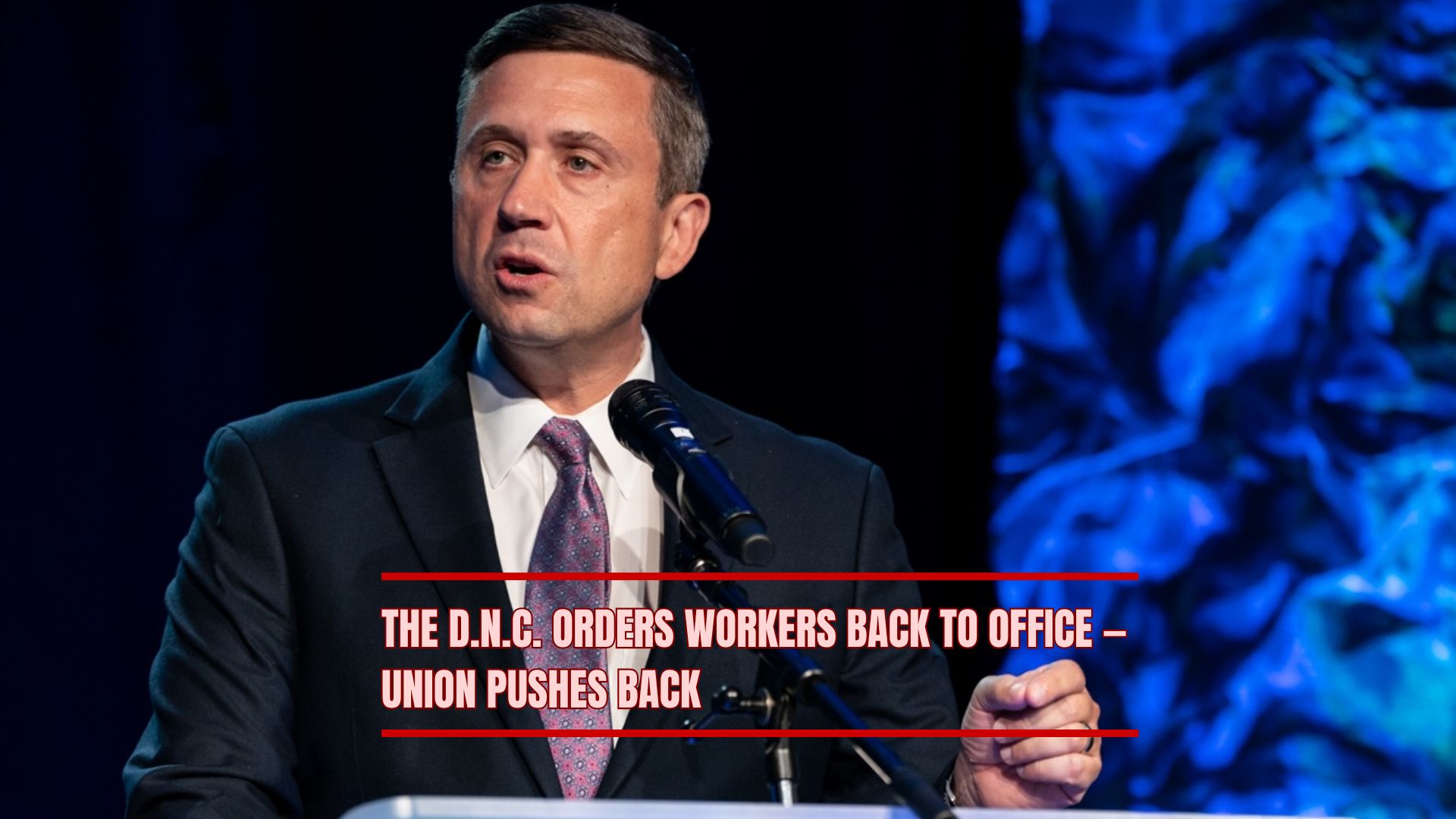Maduro Declares ‘No Way’ to Invade as U.S. Warships Loom in Caribbean
In a defiant televised statement this week, Venezuelan President Nicolás Maduro rejected the possibility of a U.S.-led invasion, declaring that “there’s no way” foreign troops can set foot on Venezuelan soil. His response comes amid the arrival of U.S. warships, a nuclear submarine, and thousands of troops in the southern Caribbean—moves that have reignited regional tension and raised alarm among international observers.
The deployment includes three guided-missile destroyers, an amphibious assault ship, and an undisclosed nuclear-powered submarine, with approximately 4,000 to 4,500 American military personnel participating. U.S. Southern Command officially claims the operation is aimed at disrupting the operations of transnational criminal organizations—particularly drug cartels—that use maritime routes in the Caribbean to traffic narcotics into North America.
Still, many in Venezuela and beyond see the maneuver as a symbolic show of force, a nod to Cold War–era "gunboat diplomacy," and a message directed at Maduro’s embattled government. Though no public statements from U.S. officials have hinted at an imminent invasion, the optics of warships just offshore evoke memories of past U.S. interventions in Latin America.
“The presence of these vessels is a warning shot,” said Christopher Sabatini, senior fellow for Latin America at Chatham House. “It’s unlikely this is the prelude to an actual invasion, but it does raise the temperature significantly. There’s no military logic to an amphibious assault on a country the size of Venezuela with just a few thousand troops.”
Maduro, who has ruled Venezuela since 2013 and weathered multiple domestic and international crises, responded by mobilizing the country’s armed forces and calling on Venezuela’s civilian militias—estimated by his government to be in the millions—to stand ready. In Caracas, state-run media broadcast images of militia members conducting exercises with wooden rifles and chanting slogans of resistance.
“The Bolivarian people will never kneel,” Maduro told a crowd of supporters, referencing the socialist revolution launched by his predecessor, Hugo Chávez. “We will never again be a colony of the gringos. Venezuela will be respected.”
For the United States, the move also carries a domestic political dimension. With the 2026 midterm elections on the horizon and immigration concerns dominating headlines, the Biden administration is under increasing pressure to show strength on issues tied to national security and narcotics enforcement. Venezuela has also become a focal point in migration policy, with hundreds of thousands of Venezuelans fleeing political instability and economic collapse over the past decade.
James Story, who served as the U.S. Ambassador to Venezuela from 2020 to 2022, emphasized that the deployment should not be interpreted as the beginning of a war plan. “This is a strategic signal,” he said. “The U.S. is reminding Maduro—and other actors in the region—that we are watching, and we’re capable of responding. But I do not believe an invasion is in the cards.”
The Pentagon has also downplayed any combat ambitions, stating that the maritime presence will support "enhanced surveillance, regional cooperation, and counter-trafficking operations." U.S. Southern Command maintains regular maritime patrols in the region but rarely assembles a force of this magnitude without a diplomatic or strategic message attached.
Inside Venezuela, the government is leveraging the crisis to consolidate internal power. In state-controlled media, the U.S. naval buildup is portrayed as imperial aggression, while the Venezuelan military's readiness is touted as evidence of national resilience. This narrative may help distract from ongoing economic hardship, hyperinflation, and a broken healthcare system—issues that have plagued the country for years.
Outside observers caution that rising tensions—however performative they may be—can spiral out of control. The Caribbean is a crowded, high-traffic geopolitical space, and any miscommunication or naval accident could rapidly escalate. Both sides remain in communication through diplomatic backchannels, according to officials familiar with the situation, though details remain classified.
For now, the U.S. fleet remains in international waters, and no operations within Venezuelan territory have been authorized. But the episode marks another chapter in a long and volatile history between Washington and Caracas, one that continues to be defined by mutual suspicion, conflicting ideologies, and periodic flare-ups that keep the region—and the world—on edge.
While Maduro remains entrenched, experts agree that economic isolation and diplomatic pressure are far more likely tools of change than military confrontation. Yet, as both countries head into politically sensitive seasons, symbolic acts like these may become more frequent—more theater than threat, but no less consequential in the calculus of international relations.




.png)



